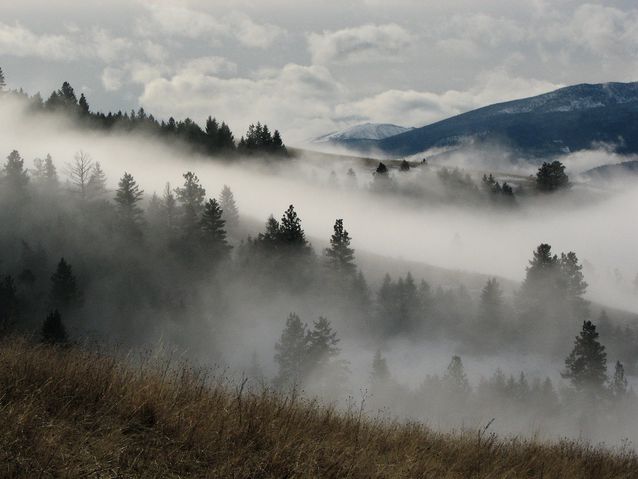Knowledge, Information and Experienced
1. Fog precipitation in relation to angle and aspect may be of great importance to plant photosynthesis and to rock dwelling microorganisms, especially in arid land where water is highly limited.
2. Fog is formed as extremely small and dense water drops which are invisible to the naked eye. It is suspended in the air near the ground. According to the definition by the World Meteorological Organization, only when the visibility is less than 1 kilometer is it considered to be fog.
3. People are often confused about fog and clouds. To use the most common comparison, a cloud appears in the sky and fog near the ground, so you could call fog a cloud on the ground. However, the reason why fog forms is different.
4. Radiation fog mostly appears in winter. On a clear night when the breeze is weak, the air on the ground is fairly stable, and when there is enough water vapor, the air in the lower sky will be cooled and condense into tiny water drops as a result of fast heat dissipation of the ground.
5. Frontal fog appears near a front. It is formed when cold air near the ground is condensed into fog as it meets with raindrops traveling down from the cloud.
6. The physical processes behind radiation fog and advection fog can also complement one another to create advection-radiation fog. During the daytime in late winter and early spring, western Taiwan regions will often be affected by sea breeze; warm and wet air enters from the sea (advection). The advection-radiation fog will easily be formed by radiation cooling after nightfall.











